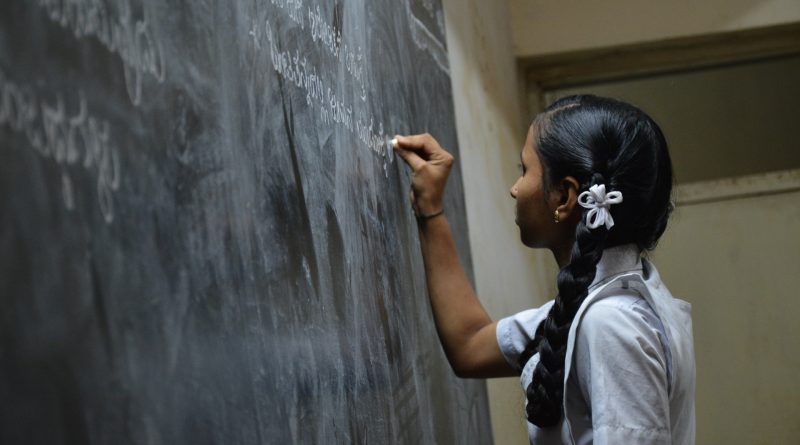COVID-19 Pandemic Leaves Lasting Effects on India’s Youth
By Amanda Barba
The COVID-19 pandemic has reworked and redesigned every aspect of normalcy into the “new normal”. This has included the way the world’s children are educated. While countries such as the United States completely switched to remote learning, others were not given the same opportunity. American children were given the opportunity to learn completely from the safety of their own homes, given the assumption they had access to technological resources and internet connection as well as supervision from a parent or guardian. However, those in low income areas were disproportionately affected, as their parents were often unable to work from home and could not readily access the resources required for effective remote learning.
The U.S. federal and state governments worked to find solutions for those disproportionately affected by this sudden shift in educational opportunity and delivery. These solutions included schools providing laptops and smart devices for children to take home with them, and some counties even provided remote access to Wi-Fi to complete schoolwork. While some were aided in continuing their education, children in countries such as India were overlooked. Their education was put on hold as technology and other resources are not readily available to most. Daily household tasks, such as retrieving water and cooking for their families, took precedent.
The loss of education due to the pandemic is detrimental to the futures of children in India, especially to young girls. While a girl receiving an education in India is already a controversial topic, girls in India have now gone without seeing the inside of a classroom since March, as the country continues to struggle to fight the effects of COVID-19. With their education pushed aside and families struggling to cope with the economic burden that the pandemic has placed upon the country’s economy, issues concerning child labor and child marriage arise. Before the pandemic, many girls in families which had labor commitments were allowed to remain home while their families worked. With schooling put on hold, these children are now accompanying their parents to work the fields. While the effects of the pandemic are emerging as the switch to online learning continues, other significant impacts on these children may take longer to emerge. Many children in India rely on school to receive protein-filled meals they otherwise do not have access to; however, closed schools mean children are missing out on these valuable meals their families do not have the income to provide themselves.
The most important impetus to lower COVID-19 cases in India is reopening schools, especially to continue to allow girls the opportunity to continue their education and move away from traditional norms. School has allowed girls in India the opportunity to distance themselves from household chores that would otherwise take precedent over other aspects of their lives and the ability to become functioning members of society. As schools remain closed, girls have been forced to revert to traditional roles in their families, with some even encouraging them to drop out of school. This encouragement comes mainly from low-income families who believe they could benefit from having another individual working to contribute more money to the family income. This impact of the pandemic is not just affecting India, but also other Asian countries such as Nepal, Cambodia, and Vietnam.
The grim reality is that when low income families do not have the financial capabilities to send all their children to school, the boys of the family are often prioritized over the girls. Girls are seen as individuals to profit from; child marriages have become an increasing issue as low-income families attempt to lessen the burden posed on them due to India’s suffering economy. As a result of the pandemic, about 10 million girls in secondary school worldwide are estimated to drop out, with a large percent of these girls being Indian. School and education helped significantly lower the percentage of child marriages among girls; however, with schools remaining closed for so long, parents are growing tired of waiting to arrange marriages.
As the COVID-19 pandemic results in girls’ education taking several steps backwards, the Indian government, non-profit organizations, and multinational organizations must work tirelessly to continue to lessen the gap in school enrollment between boys and girls, with a special emphasis on girls. They have the most to lose from schools remaining closed for the unforeseeable future. Advocates for the continued education and safety of girls and boys in school must continue to fight for India to address the digital divide among children as online learning continues, and the school curriculums ought to be readdressed and redesigned to reflect the standards of the world. Funding that recognizes the importance of and prioritizes girls’ education in the international community would aid in the encouragement of youth re-enrollment in school when the world begins to recover from the COVID-19 pandemic. These changes would empower young girls and boys to continue their education and avoid the lasting effects of child labor, child marriage, violence, and poverty.

